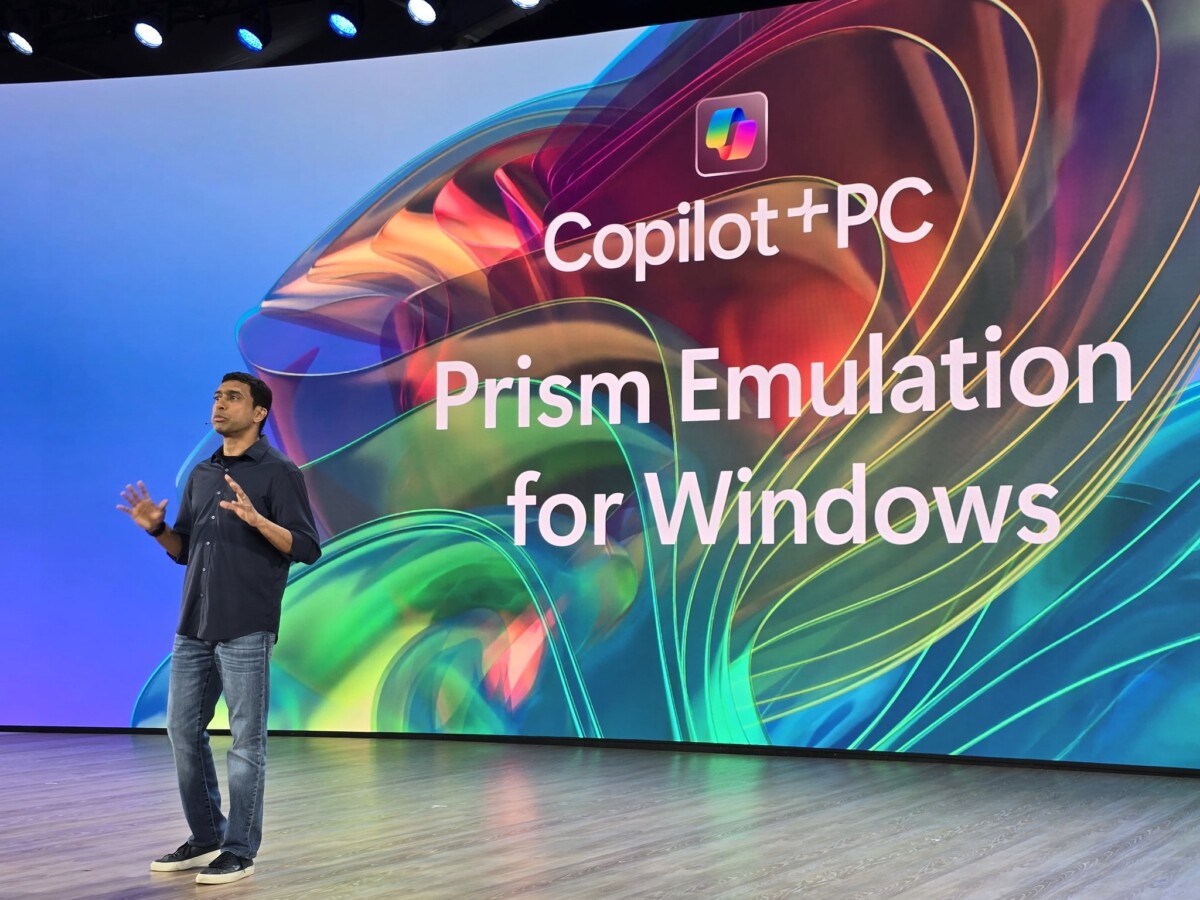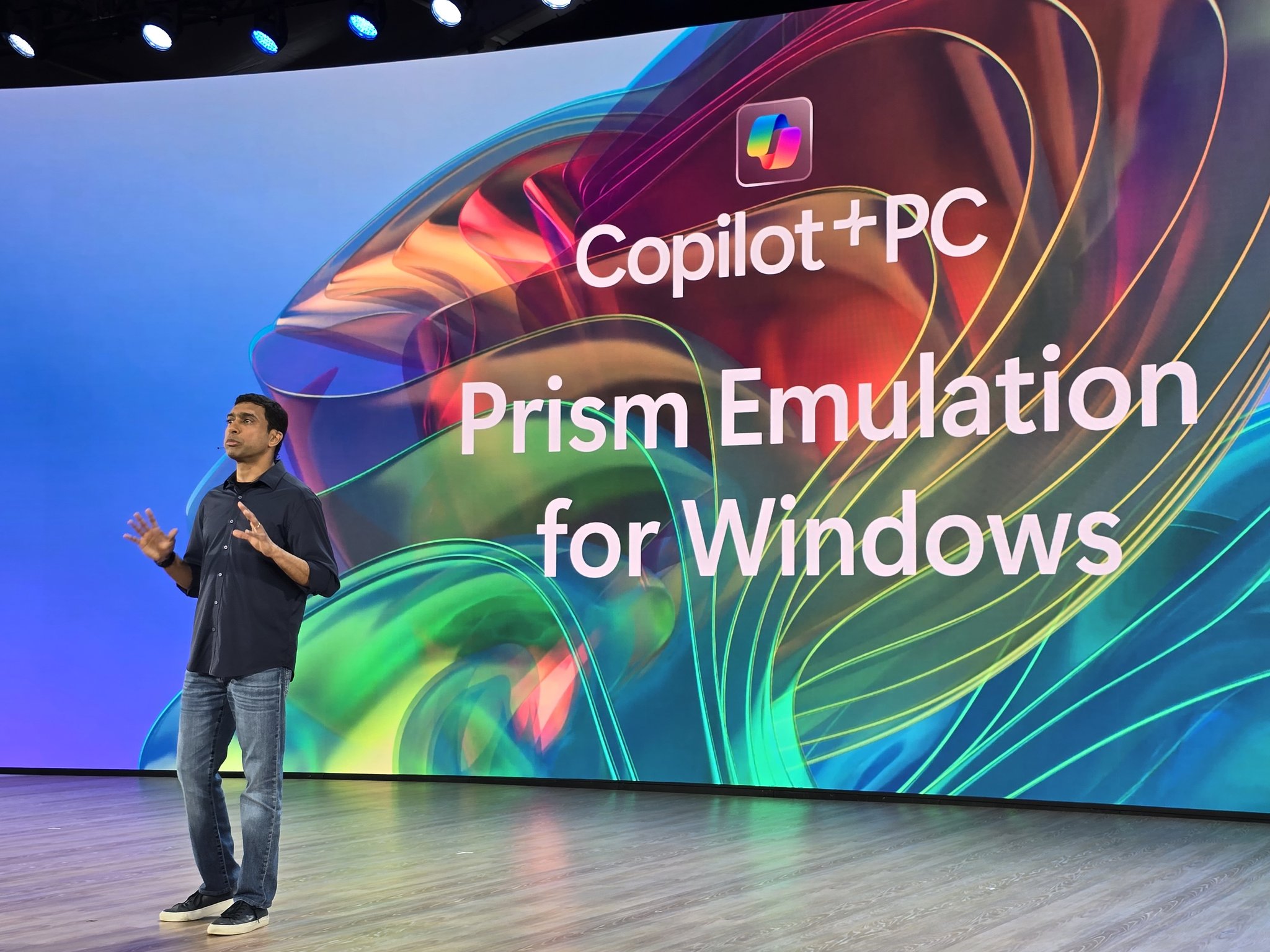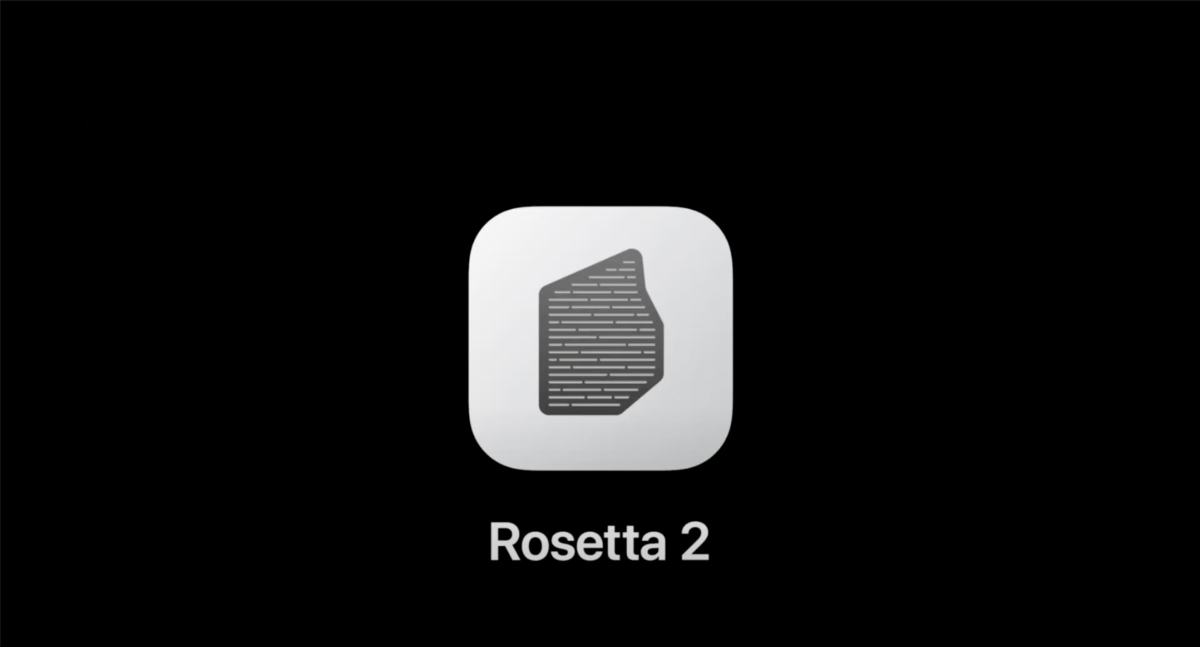To successfully transition to the Arm architecture, it's not enough to design high-performance chips. Apple understood this well and relied on the software translation layer to ensure compatibility with existing applications. Rosetta 2 for Apple Silicon. At Micosoft, it's called Prism for Windows 11.

The transition to the Arm architecture for desktops and laptops represents a major challenge for Microsoft. For now, Redmond has not succeeded.
There, she launches a massive new offensive using Copilot+ computers that offer new functions, including summoning. But that's not enough to move to Arm.
In fact, the majority of software and applications are still designed for the x86 architecture, which is used by Intel and AMD processors. To ensure migration and ensure compatibility with existing applications, Microsoft also relied on the software translation layer, Prism.
Rosetta 2, the key to Apple Silicon's success
Apple took a crazy gamble by announcing its move to the Arm architecture for its Mac computers in 2020, with its range of Apple Silicon processors.
To make the transition easier, the Apple brand has developed Rosetta 2, a translation layer that allows most Intel Mac applications to run relatively seamlessly on an Apple Silicon Mac, without requiring additional effort on the part of a user or developer Apple Silicon Mac application.
Thanks to Rosetta 2, Apple Silicon Mac users are able to continue using their favorite software and applications, even if they have not yet been adapted to the Arm architecture.
Additionally, the performance of apps translated by Rosetta 2 was generally very close to that of native apps, allowing you to take full advantage of the power of Apple Silicon processors.
Prism, Microsoft's answer to Windows 11 on Arm
It's 2024, and for its part, Microsoft has also developed a compilation layer for its Windows 11 operating system on Arm.
Baptized Prismthis technology provides functionality similar to that of Rosetta 2. And with the update Windows 11 24H2Microsoft says apps compiled for Prism should run 10 to 20 percent faster on the same Arm hardware.

According to Microsoft, Prism performance will be similar to Rosetta 2although this obviously depends on the speed of the device the translation layer is running on.
Microsoft also claims that Prism will improve translation layer compatibility with x86 applications, although it does not provide details on the exact changes made in this regard.
Towards popularization of native ARM applications
Software translation layers such as Rosetta 2 and Prism are useful temporary solutions to ensure compatibility with existing x86 applications.
However, to take full advantage of Arm chips and their performance, developers will need to provide native applications, that is, applications designed specifically for the Arm architecture.
Fortunately, this trend seems to be accelerating in recent years on Windows. More and more software and app publishers now offer native Arm versions of their products, such as Google Chrome, Dropbox, or Adobe with their suite of native Arm apps (Photoshop, Lightroom, Illustrator, Premiere Pro, etc.).
As computers equipped with Arm chips, such as those based on Qualcomm's Snapdragon
Would you like to join a community of enthusiasts? Our disagreement It welcomes you, it is a place of mutual help and passion for technology.

“Hardcore beer fanatic. Falls down a lot. Professional coffee fan. Music ninja.”







More Stories
SALES / PHOTO SALES – Nikon D850 “5 Star” Bare Body Photo Body at €2,539.00
Discovering a new turning point under the Antarctic ice sheet! What are the consequences?
Record number for an insect!